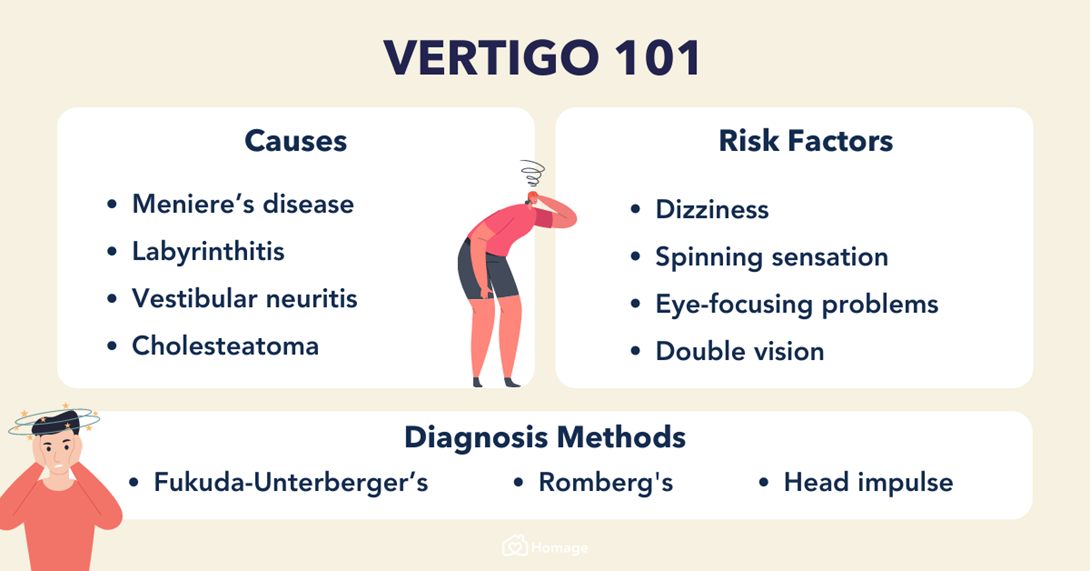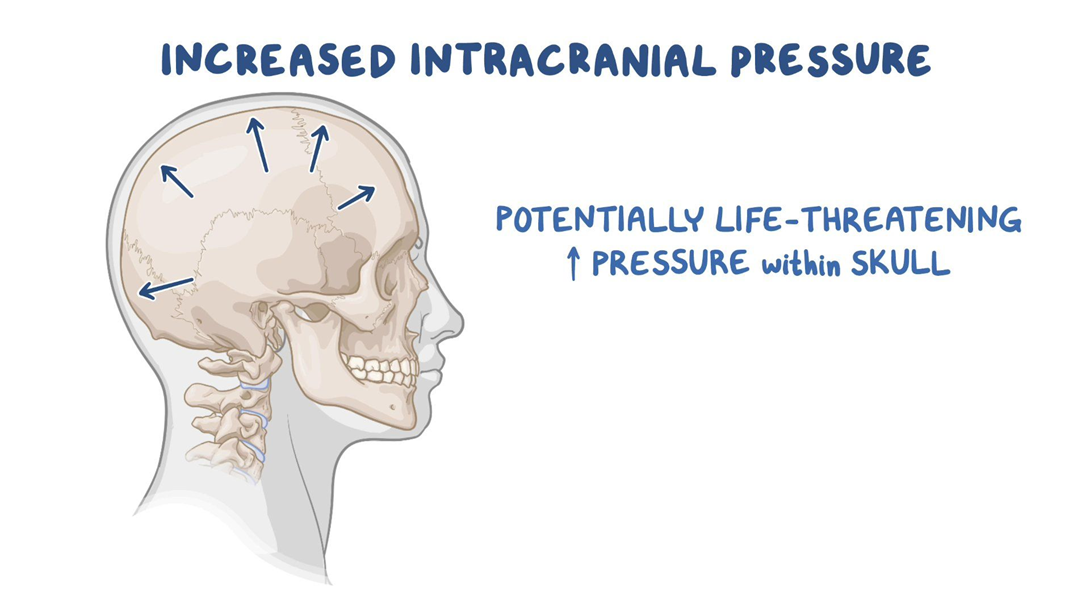A 70-year-old female presents to the emergency department through triage with a noticeable facial droop and garbled speech. After having a few drinks at a local seafood restaurant, the client's husband noticed his wife's speech became difficult to understand.
Flow sheets
1915
Arrival at emergency department
1920
Vital Signs:
- Temperature: 98.2° F (36.8° C)
- Heart rate: 92 beats/minute
- Respirations: 24 breaths/minute
- Blood pressure: 210/98 mmHg
- Oxygen saturation: 95% on room air
Imaging studies
1935
Head CT scan results:
- No evidence of intracranial hemorrhage
- No evidence of acute disease
Orders
- Obtain CT scan of the head.
- Insert a large bore peripheral IV.
- Start normal saline infusion at 50 mL/hour.
- The nurse administered tPA and conducted neurologic assessments every 15 minutes during the infusion.
- The tPA infusion finished and the nurse performed neurologic assessments every 30 minutes for the 6 hours following the administration.
- The client was noted to be stable with unchanged neurologic assessments.
- The nurse begins to plan care for the client's recovery and identifies interdisciplinary team members who can assist with the client's recovery.
Select the interdisciplinary team members who should assist the client in recovery.
Occupational Therapist
Speech Therapist
Case manager
Physical therapist
Chief Nursing Officer
Correct Answer : A,B,C,D
- Choice A: Occupational therapist. This is correct because an occupational therapist can help the client with activities of daily living (ADLs) such as dressing, grooming, eating, and toileting. The client may have difficulty performing these tasks due to the facial droop and weakness caused by the stroke.
- Choice B: Speech therapist. This is correct because a speech therapist can help the client with communication and swallowing problems. The client has garbled speech, which indicates a possible aphasia or dysarthria. The client may also have dysphagia, which is difficulty swallowing, due to the impaired coordination of the muscles involved in swallowing.
- Choice C: Case manager. This is correct because a case manager can coordinate the client's care and discharge planning. The case manager can arrange for referrals, home health services, equipment, and follow-up appointments as needed. The case manager can also provide education and support to the client and family.
- Choice D: Physical therapist. This is correct because a physical therapist can help the client with mobility and balance issues. The client may have hemiparesis or hemiplegia, which is weakness or paralysis of one side of the body. The physical therapist can assist the client with exercises, gait training, and assistive devices to improve the client's functional status.
- Choice E: Chief nursing officer. This is incorrect because a chief nursing officer is not directly involved in the client's recovery. A chief nursing officer is a senior-level executive who oversees the nursing staff and operations of a health care organization. A chief nursing officer may have a role in quality improvement, policy development, and strategic planning, but not in individual client care.
- Choice F: Pharmacy technician. This is incorrect because a pharmacy technician is not directly involved in the client's recovery. A pharmacy technician is a health care professional who assists pharmacists with dispensing medications and other tasks. A pharmacy technician may have a role in preparing, labeling, and delivering medications, but not in providing therapy or education to the client.
- Choice G: Respiratory therapist. This is incorrect because a respiratory therapist is not directly involved in the client's recovery. A respiratory therapist is a health care professional who provides respiratory care to patients with breathing problems. A respiratory therapist may have a role in administering oxygen, nebulizers, ventilators, and other respiratory treatments, but not in addressing the client's stroke-related impairments.
- Choice H: Medical assistant. This is incorrect because a medical assistant is not directly involved in the client's recovery. A medical assistant is a health care professional who performs administrative and clinical tasks in a medical office or clinic. A medical assistant may have a role in scheduling appointments, taking vital signs, drawing blood, and performing basic laboratory tests, but not in providing rehabilitation or education to the client.
Nursing Test Bank
Naxlex Comprehensive Predictor Exams
Related Questions
Correct Answer is C
Explanation
Choice A: A headache rated at 0 on 0 to 10 scale is not a specific indicator of the effectiveness of an antihistamine. A headache may be caused by other factors, such as dehydration, stress, or sinus congestion.
Choice B: Oxygen saturation level of 99% is a normal finding and does not reflect the effect of an antihistamine. Oxygen saturation measures the amount of oxygen in the blood and can be affected by respiratory conditions, altitude, or smoking.
Choice C: Ambulating easily without vertigo is a sign that the antihistamine is effective. Vertigo is a common symptom of Ménière's disease, which is a disorder of the inner ear that causes episodes of spinning sensation, hearing loss, and tinnitus. Antihistamines can help reduce the fluid buildup in the inner ear and relieve vertigo.
Choice D: Blood pressure of 120/80 mm Hg is a normal finding and does not indicate the effect of an antihistamine. Blood pressure measures the force of blood against the walls of the arteries and can be influenced by factors such as heart rate, cardiac output, blood volume, and vascular resistance.

Correct Answer is A
Explanation
Choice A reason: Pupillary changes to ipsilateral dilation indicate increased intracranial pressure, which is a life-threatening complication of stroke. The nurse should notify the physician and prepare for emergency measures.

Choice B reason: Left-sided facial drooping and dysphagia are common signs of right hemisphere stroke, but they do not require immediate intervention by the nurse. The nurse should monitor the patient's swallowing ability and provide oral care.
Choice C reason: Orientation to person and place only is a sign of impaired cognition, which is also common in right hemisphere stroke. The nurse should assess the patient's memory, judgment, and attention span.
Choice D reason: Unequal bilateral hand grip strengths are a sign of hemiparesis, which is a weakness on one side of the body. The nurse should assist the patient with mobility and prevent contractures.
Whether you are a student looking to ace your exams or a practicing nurse seeking to enhance your expertise , our nursing education contents will empower you with the confidence and competence to make a difference in the lives of patients and become a respected leader in the healthcare field.
Visit Naxlex, invest in your future and unlock endless possibilities with our unparalleled nursing education contents today
Report Wrong Answer on the Current Question
Do you disagree with the answer? If yes, what is your expected answer? Explain.
Kindly be descriptive with the issue you are facing.
